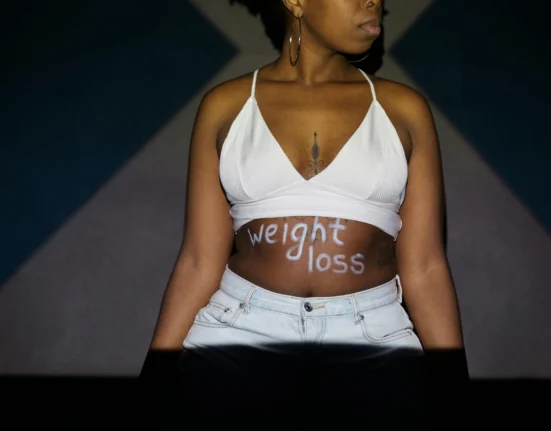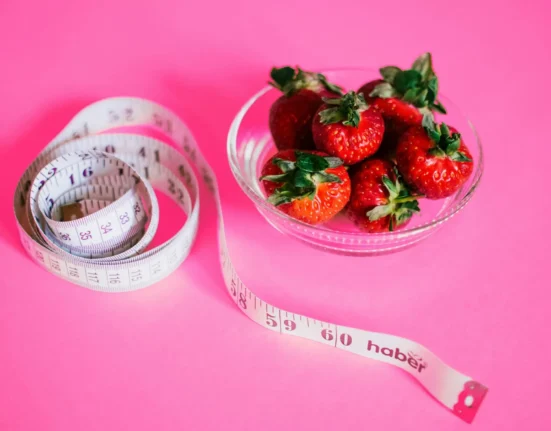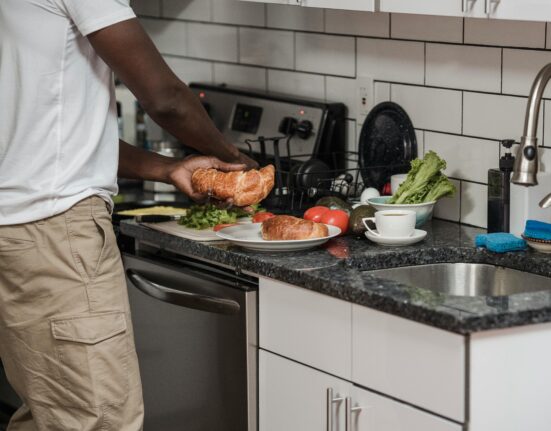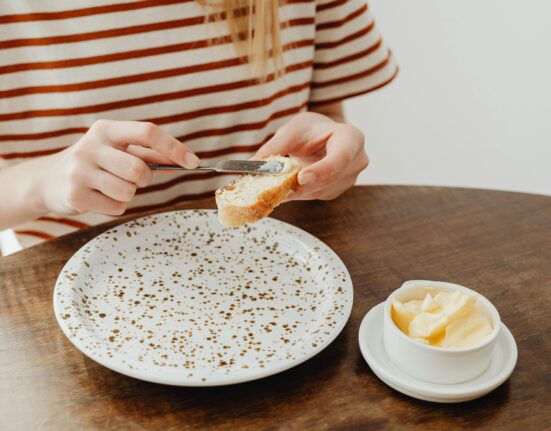Losing weight doesn’t have to mean hours on a treadmill or expensive gym memberships. Many people assume getting fit requires complicated equipment or intense workouts, but that’s not true. Simple, everyday movements can be just as effective—and you can do them anywhere, no gym required.
This guide is for anyone who’s felt stuck or overwhelmed by traditional fitness routines. We’ll walk through easy exercises that fit into your day, burn calories, and help you feel stronger without stepping foot in a gym. Whether you’re short on time, space, or motivation, these beginner-friendly moves make weight loss achievable.
Walking: The Unsung Hero of Weight Loss
Walking often gets overlooked in the fitness world, but it’s one of the simplest and most effective ways to lose weight. No fancy equipment, no intimidating routines—just putting one foot in front of the other. It’s gentle on joints, adaptable for all fitness levels, and burns calories without draining your energy. Best of all, it’s free.
Want to know something surprising? A brisk 30-minute walk five times a week can help you lose up to a pound every two weeks, assuming your diet stays balanced. That’s just by moving your body at a comfortable pace. Throw in hills or intervals, and those results climb.
Walking isn’t just about steps—it boosts metabolism, lowers stress, and sharpens focus. It’s like hitting reset for your body and mind. And while running may burn calories faster, walking is sustainable. No burnout, no soreness, just steady progress.
How to Start a Walking Routine
Starting is as simple as stepping outside, but a few tweaks can make your routine stick. Here’s how:
- Find your baseline – Start with 10-15 minutes if you’re new. Track steps with your phone or a pedometer (5,000 steps is a solid initial goal).
- Pick comfy shoes – No need for high-tech gear, but avoid worn-out sneakers. Your feet will thank you.
- Mix up your route – Boredom kills motivation. Alternate between neighborhoods, parks, or trails to keep it fresh.
- Use natural breaks – Walk after meals, during phone calls, or as morning ritual. Consistency beats marathon sessions.
Terrain matters too. Flat sidewalks are great for beginners, but adding gentle inclines or uneven paths (like grass or gravel) engages more muscles. If the weather’s bad, walk indoors—mall walking is a real thing, and it works.
Best Times to Walk for Maximum Benefits
Timing can fine-tune your results. Not essential, but if you want an extra edge:
- Morning walks – Kickstart metabolism and set a positive tone for the day. Fast before your walk to burn stored fat.
- After meals – A 10-minute stroll post-lunch or dinner blunts blood sugar spikes and aids digestion.
- Sunset walks – The cooler air and golden light make evening walks relaxing. Helps unwind stress before bed.
If you’re walking for weight loss, aim for moderate intensity. You should be able to talk, but not sing. And remember—frequency trumps speed. Five leisurely walks a week do more than one exhausting sprint.
Bodyweight Exercises: Strength Without Equipment
You don’t need dumbbells or machines to build strength. Bodyweight exercises use your own resistance to sculpt muscle, improve endurance, and burn fat. They’re perfect for beginners because they scale to any fitness level—just adjust form or pace to match your ability.
Squats: The Foundation of Lower Body Strength
Squats target glutes, quads, and hamstrings while engaging your core. Done right, they mimic natural movements like sitting or standing, making them essential for daily function.
How to do it correctly:
- Stand with feet shoulder-width apart, toes slightly turned out.
- Lower your hips as if sitting in a chair, keeping knees behind toes.
- Press through heels to stand back up, squeezing glutes at the top.
Modifications:
- Easier: Hold a sturdy surface (like a chair) for balance.
- Harder: Add pulses at the bottom or jump when standing.
Push-Ups: Building Upper Body Endurance
Push-ups work your chest, shoulders, and triceps while stabilizing your core. They’re a full-body move disguised as arm exercise.
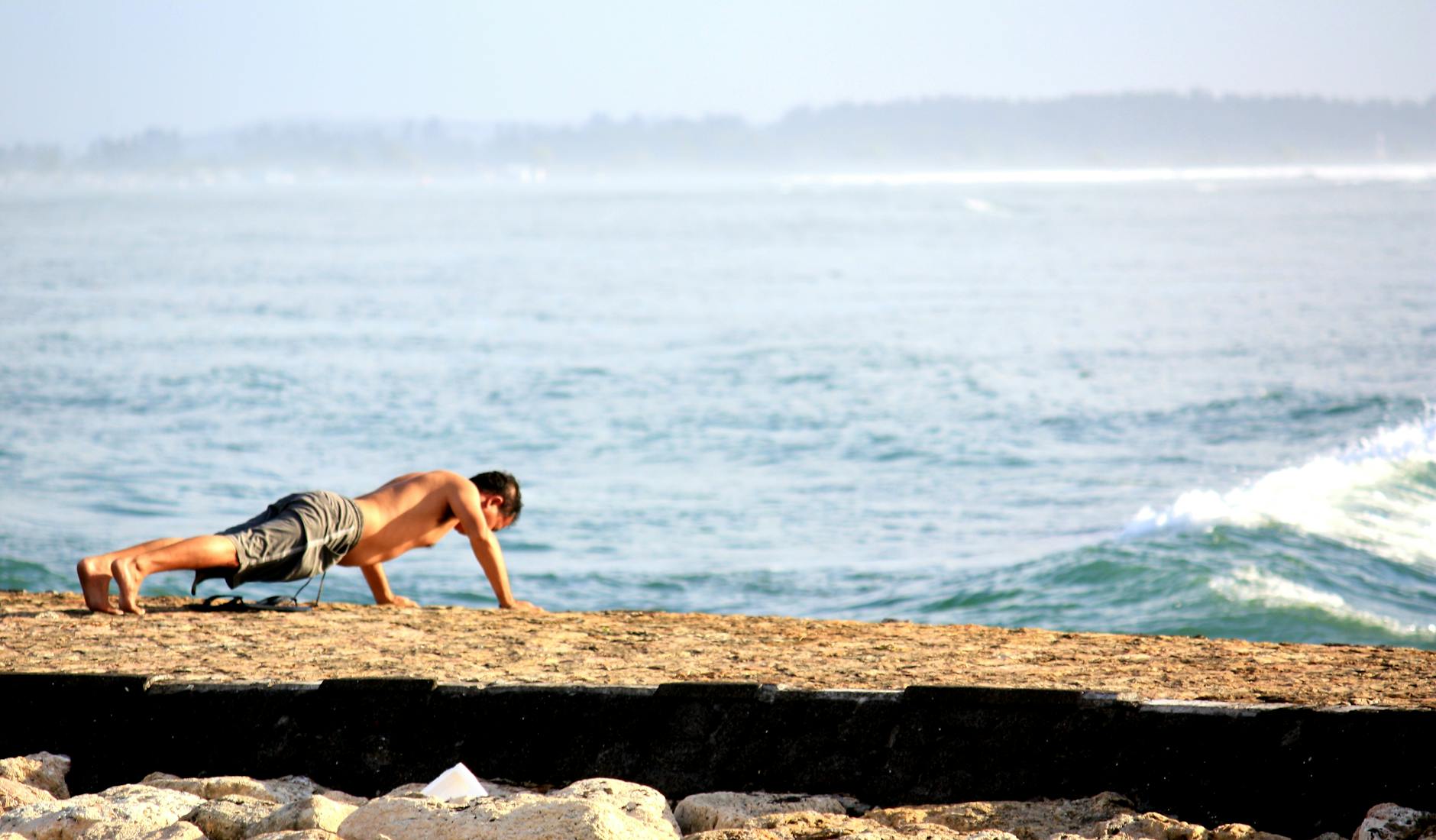
Photo by Inimafoto A
How to do it correctly:
- Start on hands and knees, hands slightly wider than shoulders.
- Lower chest toward the floor while keeping elbows at a 45-degree angle.
- Push back up, engaging core to prevent sagging hips.
Modifications:
- Easier: Do them on your knees or against a wall.
- Harder: Slow the descent or lift one leg off the ground.
Planks: Core Stability and More
Planks strengthen abs, back, and shoulders while improving posture. They’re static but far from easy—proper form makes all the difference.
How to do it correctly:
- Start face-down, elbows under shoulders, toes tucked.
- Lift hips so your body forms a straight line from head to heels.
- Hold without letting hips dip or rise, breathing steadily.
Modifications:
- Easier: Drop to knees or reduce hold time.
- Harder: Alternate lifting legs or tap shoulders while planking.
Consistency beats intensity. Master these basics, and they’ll power your weight loss journey—no gear required.
Jump Rope: Cardio in Your Living Room
Jumping rope isn’t just for kids—it’s a powerhouse exercise that torches calories and builds endurance in minutes. A 15-minute session can burn as many as 200 calories, rivaling a jog without needing extra space or gear. Plus, it sharpens coordination and agility while keeping workouts fun.

Photo by RDNE Stock project
Choosing the Right Rope
Not all jump ropes are equal. The wrong one can trip you up—literally. Here’s what to look for:
- Length – Stand on the middle of the rope. Handles should reach your armpits. Too long? Tie knots near the handles.
- Weight – Beginners do best with lightweight PVC or beaded ropes. They’re forgiving and easier to control.
- Handles – Foam or rubber grips prevent slipping, especially if your palms sweat.
Avoid weighted ropes at first. They’re great for intensity but demand better timing. Master the basics, then level up.
Simple Jump Rope Workouts for Beginners
Start slow—jumping rope is rhythmic, not rushed. Begin with 30-second intervals, resting 30 seconds between sets.
- Basic bounce – Jump just high enough to clear the rope, landing softly on the balls of your feet. Keep knees slightly bent.
- Alternate foot step – Lightly alternate feet as if jogging in place. Reduces impact while maintaining speed.
- Double unders (once you’re ready) – Swing the rope faster to pass under your feet twice per jump.
Common mistakes
- Jumping too high – An inch off the ground is plenty. Higher jumps waste energy and strain joints.
- Hunched shoulders – Keep elbows close to your sides and shoulders relaxed. Tension leads to burnout.
- Rushing – Speed comes with practice. Focus on clean rotations first, then increase pace.
Pair rope jumping with bodyweight exercises for a full workout. Try 1 minute of jumps between squats or push-ups to keep your heart rate up.
Yoga: Flexibility and Mindfulness Combined
Yoga proves that slow movement can be just as powerful as high-intensity workouts. It melts stress while sculpting your body, blending flexibility with deep breathing to create a full-body reset. Whether you crave calm or calorie burn, yoga delivers both without demanding peak fitness to start.

Photo by Yan Krukau
Easy Poses to Start With
New to yoga? These foundational poses build strength and stretch tight muscles without overwhelming you:
- Mountain Pose (Tadasana) – Stand tall, feet hip-width apart, arms relaxed at your sides. Press into all four corners of your feet. It looks simple but teaches posture awareness.
- Cat-Cow Stretch – On hands and knees, alternate arching your back (cow) and rounding it (cat) to loosen your spine. Sync each movement with your breath.
- Child’s Pose (Balasana) – Kneel, sit back on your heels, and fold forward with arms extended. A restful stretch for hips and back.
- Downward Dog – Lift hips toward the ceiling, forming an upside-down V with your body. Pedal your feet gently if hamstrings feel tight.
- Warrior II – Step one foot back, bend your front knee, and stretch arms parallel to the floor. Builds leg endurance while opening the chest.
Modify any pose by using props—a folded towel under your knees or a chair for balance. Listen to your body, not Instagram influencers.
How Yoga Aids Weight Loss
Yoga might not torch calories like sprinting, but its weight loss benefits run deeper:
- Boosts metabolism – Holding poses like plank or chair pose ignites muscle engagement, raising your metabolic rate long after practice.
- Reduces stress eating – Slow breaths and mindful movement lower cortisol, the hormone that fuels junk food cravings.
- Improves muscle tone – Flowing through poses sculpts lean muscle, especially in the core, arms, and legs. More muscle means higher calorie burn at rest.
- Encourages mindful habits – Regular practice often leads to better food choices and sleep patterns, which are critical for sustainable weight loss.
Pair yoga with brisk walks or bodyweight exercises for balanced results. Even 15 minutes daily can shift your body—and mindset—over time.
Dancing: Fun and Effective Calorie Burner
Forget counting steps or forcing yourself onto a treadmill—dancing turns exercise into pure joy. It’s a full-body workout disguised as fun, burning up to 400 calories an hour while you move to your favorite beats. No routines, no pressure. Just you, the music, and a natural way to shed weight without feeling like you’re working out.

Photo by Lazarus Ziridis
Best Dance Styles for Beginners
Not all dance styles demand coordination or flexibility. These beginner-friendly options focus on movement, not perfection:
- Zumba – A mix of Latin and international music with simple, repetitive steps. Follow along with videos or join a local class. The energy is contagious.
- Swing dancing – Basic steps like the “East Coast Swing” are easy to learn. It’s social, rhythmic, and works your legs and core.
- Hip-hop – Start with foundational moves like the “two-step” or “body rolls.” Videos break down routines slowly.
- Line dancing – Repetitive patterns make it predictable. Great for solo practice or groups.
- Freestyle – No rules here. Play any song and move however your body wants. Shaking, swaying, or stepping side to side all count.
The key is picking music you love. When the beat pulls you in, you’ll forget you’re exercising.
Turning Everyday Moments into Dance Breaks
Dance doesn’t need a scheduled session. Sneak it into your day with these effortless ideas:
- Morning warm-up – Play one upbeat song while brushing your teeth or making coffee. Shake out the stiffness with mini moves.
- Housework groove – Turn chores into a dance party. Vacuum with side steps, mop with hip swings, or fold laundry with shoulder shimmies.
- TV time moves – Dance during commercials or opening credits. Even a few minutes adds up.
- Waiting breaks – Stuck on hold or waiting for water to boil? Bust out a quick two-step.
- Kids/family time – Crank up tunes and let loose together. Laughter burns extra calories.
Every step works your muscles and lifts your mood. No routine? No problem. Just move.
Conclusion
Weight loss doesn’t need complicated routines or gym memberships. These beginner-friendly exercises—walking, bodyweight moves, jump rope, yoga, and dancing—prove fitness can be simple, adaptable, and even fun. Each one fits into your day without equipment, so you can start small and build momentum.
Pick one that excites you, or mix them up to keep things fresh. The best workout is the one you’ll actually do. Lace up your shoes, roll out a mat, or turn up the music. Your first step starts now.



